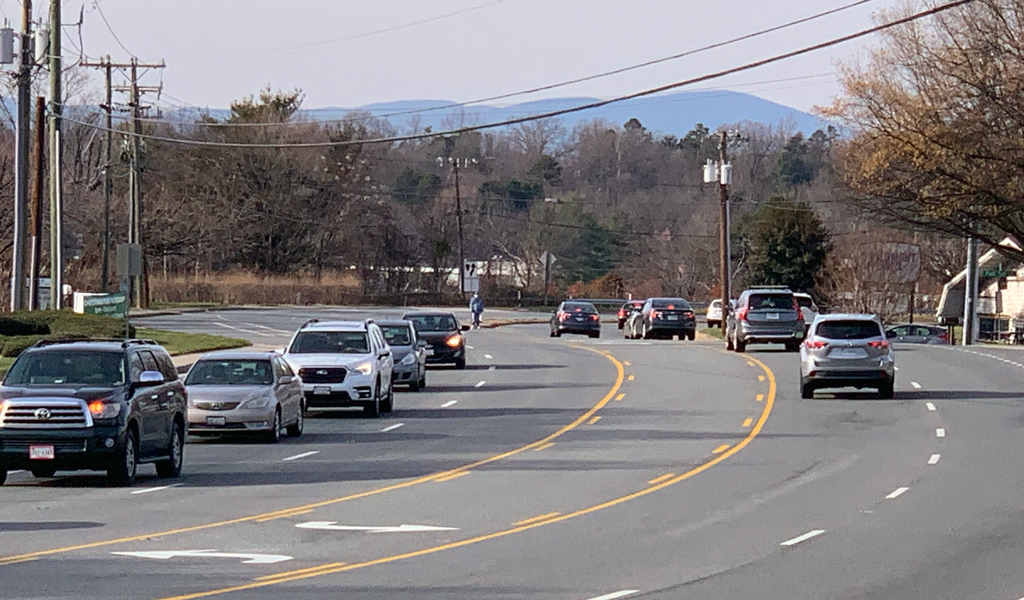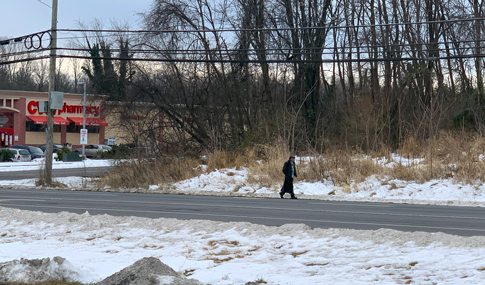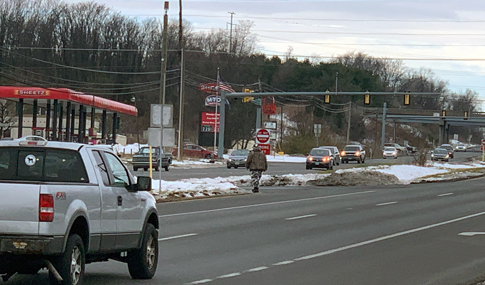The Virginia Department of Transportation (VDOT) and the Virginia Transportation Research Council (VTRC) partnered with VHB to create a pedestrian pilot program that identifies and implements innovative pedestrian safety improvements on high speed, high volume, multi-lane roadways. The need stems from the statewide Pedestrian Crash Assessment that revealed between 2012 to 2016 more than 60 percent of fatal pedestrian crashes occurred on roadways with posted speeds of 40 mph or greater. The data also revealed that fatal crashes were more likely to occur on arterials, divided roadways with no control of access, and roads with four or more lanes.



As part of the pedestrian pilot program, four high-risk corridors were selected for pedestrian countermeasure pilot projects. These corridors were first identified in VDOT’s 2018 and 2020 Pedestrian Safety Action Plans but had to additionally meet the following criteria: posted speeds of 40 mph or greater, have at least two lanes in each direction of travel, and contain traffic volumes greater than 15,000 vehicles per day. The sites also underwent a field review that included evaluating the existing conditions, identifying the safety issues and needs, and suggesting the most effective short- and long-term countermeasures. Countermeasures include new combinations of traditional treatments, or combinations or traditional and innovative treatments. Some of the options for the four sites include:
- Midblock pedestrian crossing and crosswalk enhancements, including pedestrian activated crosswalk lighting and side mounted pedestrian hybrid beacons
- Dwell on red signal phasing during nighttime periods to address speeding and night-time pedestrian crashes
- Layered approach and transition zone treatments in an area that straddles a rural and more urbanized area
“The pilot program doesn’t end when the countermeasures are installed,” said Elissa Goughnour, Senior Project Manager at VHB. “We also have to understand the safety benefits and effectiveness of the countermeasures and whether or not they brought about positive change. Through good data and findings, we’ll be able to evaluate the before and after results, which will be useful for future transportation projects across Virginia and in other states who are facing the same challenges.”
The pedestrian safety pilot program aligns with both ongoing pedestrian safety initiatives for VDOT and the Federal Highway Administration’s focus to reduce fatalities and serious injuries for pedestrians and bicyclists through the Safe System Approach. With pedestrian fatality rates on the rise, pedestrian safety is a particular challenge that more and more states are trying to tackle. This pilot project will help other agencies understand more about these innovative technologies and treatments to help them effectively offer solutions to improve pedestrian safety and reduce fatalities and serious injuries on their roadways.
Smart communities are safe communities. As VDOT and VTRC approach the future, their use of new and existing technologies to enhance safety and support transportation infrastructure aligns with the foundational elements of Smart Communities. Find out more about Smart Communities and how VHB is at the forefront of this approach to every project.

